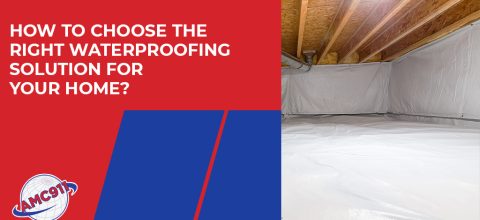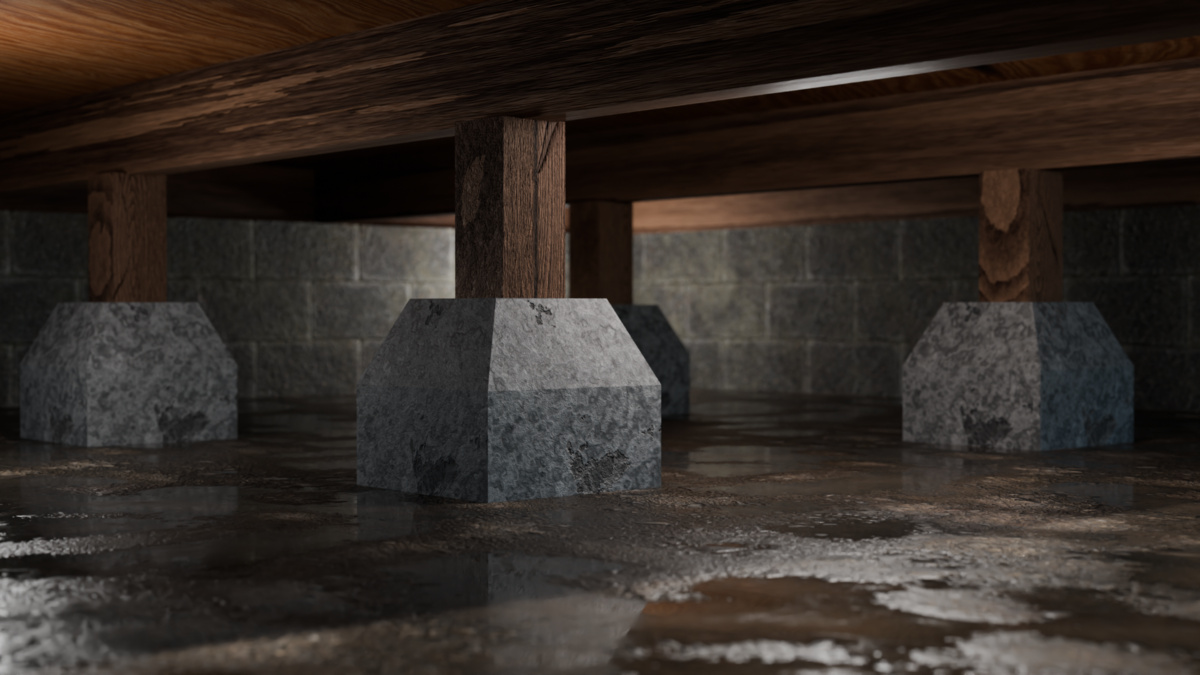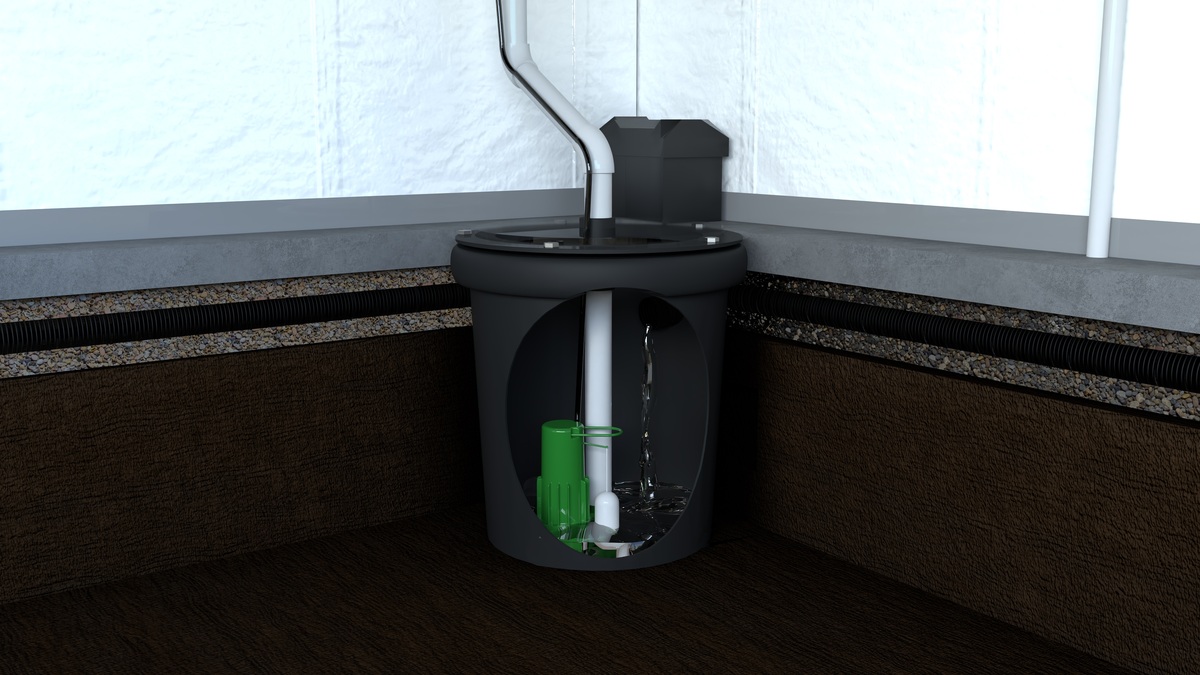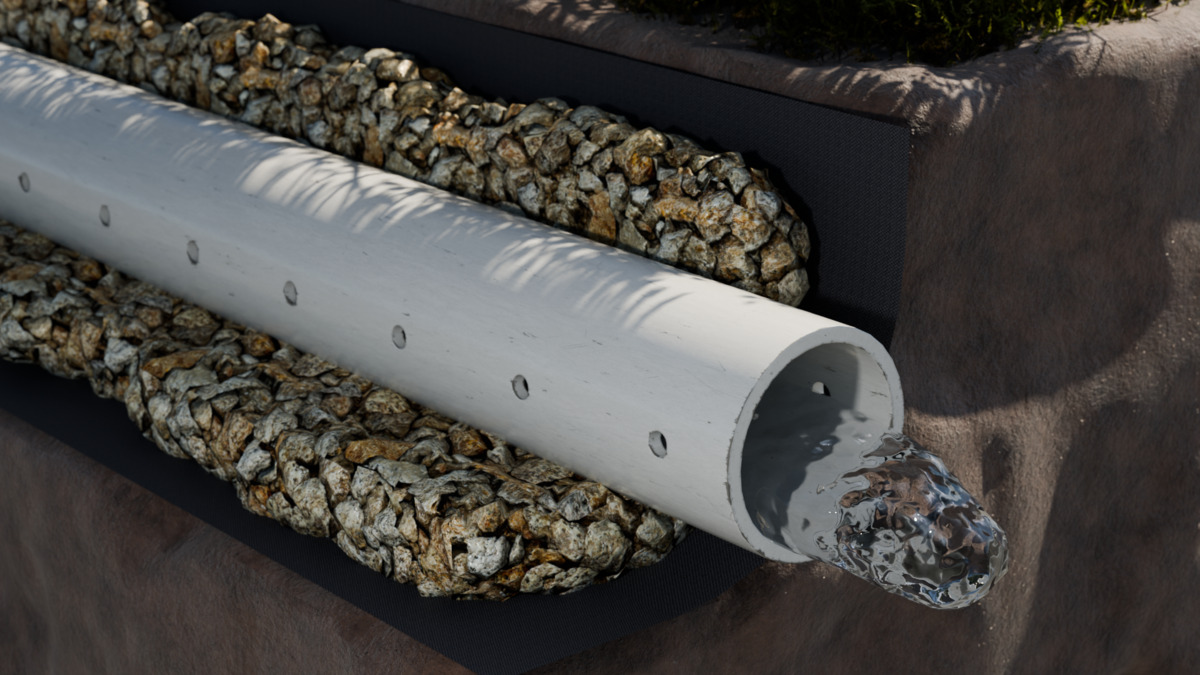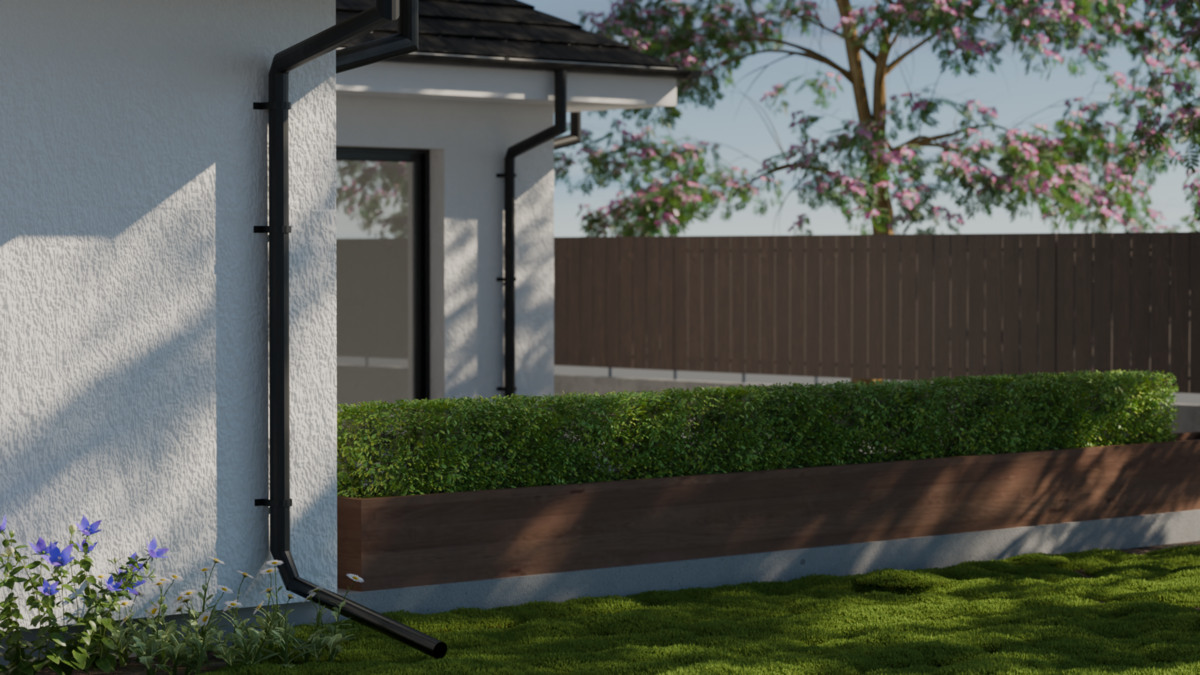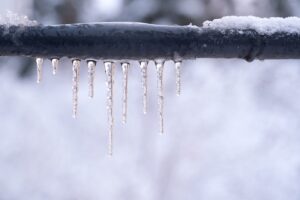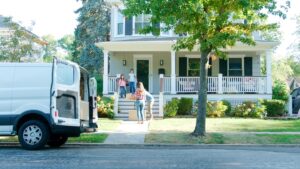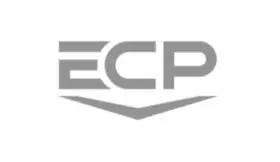Water intrusion in your home’s basement or crawl space can lead to serious problems, including mold growth, structural damage, and costly repairs. Fortunately, AMC911 offers industry-leading waterproofing solutions designed to protect your home from moisture and water damage. Whether you’re dealing with water seepage, foundation cracks, or high humidity levels, choosing the right waterproofing solution is critical to safeguarding your home’s stability and value.
In this article, we’ll explore the best waterproofing methods, how to choose the right solution for your specific needs, and the long-term benefits of investing in professional waterproofing.
Common Signs That You Need Waterproofing
Waterproofing your home is essential for protecting its structural integrity and maintaining a healthy abode. Here’s a deeper look at some of the most common signs that indicate you may need waterproofing:
Water Seepage
- Visible Water Pools: If water collects on your basement or crawl space floor after rain, water is not properly diverted away from your home.
- Damp Spots: Discoloration or damp patches on walls or floors signal water intrusion. Over time, water seepage can lead to more severe issues like structural weakening or mold growth.
- Efflorescence: A chalky white residue on walls, caused by water carrying salts to the surface, is a clear sign of moisture problems.
Musty Odors
- Lingering Smell: Persistent musty odors in the basement or crawl space are usually due to high humidity or standing water.
- Health Concerns: The odor often accompanies hidden mold or mildew, which can impact indoor air quality and potentially trigger allergies or respiratory issues.
- Hidden Moisture: Even if water isn’t visibly present, a musty smell often points to unseen leaks or moisture buildup that needs to be addressed.
Mold And Mildew Growth
- Visible Growth: Mold and mildew thrive in damp environments, so their presence on walls, wooden beams, or even furniture is a sign of excess moisture.
- Health Hazards: Mold spores can lead to respiratory problems, skin irritation, and other health complications, especially for individuals with allergies or asthma.
- Spread Over Time: If left untreated, mold can spread quickly, increasing the cost and complexity of remediation.
Cracks In The Foundation
- Hairline Cracks: Even small cracks in the foundation can let water seep into your home, worsening over time as water freezes and expands.
- Larger Cracks: Larger cracks pose serious structural risks and often indicate significant foundation movement or settlement, which needs professional attention.
- Combination with Moisture: If cracks show signs of staining, dampness, or water flow, waterproofing is required to prevent further damage.
Types Of Waterproofing Solutions
According to Architecture and Design Australia, statistics show that waterproofing typically makes up only 1% of a building’s total cost. Yet, water leaks and the damage they cause are responsible for 80% of all building defects. This shows that prevention will always be better than cure and that waterproofing is vital to any building’s construction. Several waterproofing methods are available, each designed to address specific moisture issues.
Here’s an overview of the most common basement or crawl space waterproofing solutions:
Sump Pumps
Sump pumps are devices installed in a pit, typically in the lowest part of a basement or crawl space, in order to collect and pump out water that accumulates due to seepage. They activate automatically when water levels rise and are especially beneficial in flood-prone areas or homes with high groundwater levels. Many modern sump pumps have battery backups to ensure functionality during power outages, often during storms. For homeowners in areas susceptible to heavy rainfall or flooding, a sump pump is a vital component of their waterproofing system, effectively managing water intrusion.
Interior Waterproofing
Interior waterproofing focuses on preventing water from entering living spaces by addressing the walls and floors of your basement or crawl space. This method includes sealing foundation cracks with epoxy or polyurethane injections to stop seepage and applying waterproof coatings to create a moisture barrier. Another popular technique is installing interior drainage systems, where a channel is placed along the base of basement walls to collect water and direct it to a sump pump. This type of waterproofing is particularly useful for minor water issues or as a supplemental measure alongside exterior waterproofing.
Exterior Waterproofing
Exterior waterproofing takes a proactive approach by stopping water before it can enter your home. This method often involves applying waterproof membranes or coatings to the exterior foundation walls to block moisture. Additionally, French drains are frequently installed around the perimeter of the foundation to direct water away from the house. Proper grading of the surrounding landscape is also critical, ensuring water flows away from the foundation rather than pooling near it.
This solution is ideal for homes with severe or recurring water issues, particularly in regions with heavy rainfall or poor soil drainage. It’s one of the most comprehensive ways to protect your foundation from long-term water damage.
Vapor Barriers
Vapor barriers are heavy-duty plastic sheets installed in crawl spaces to block moisture from the ground. This solution is often part of a larger crawl space encapsulation process, which includes sealing the walls and adding a dehumidifier to control humidity. Vapor barriers are particularly effective in preventing condensation, mold growth, and other moisture-related issues.
French Drains
French drains are a highly effective waterproofing solution for redirecting water away from the foundation. These systems consist of a perforated pipe placed in a gravel-filled trench. Water collects in the trench and is directed through the pipe to a safe drainage area. French drains can be placed both inside and outside the home. Interior French drains handle seepage by collecting water along the basement walls, while exterior French drains prevent groundwater from reaching the foundation. This solution is particularly effective in managing surface and subsurface water, reducing hydrostatic pressure on the foundation, and preventing leaks.
Real-world Example Of A Home That Benefited From Waterproofing
As Sherry’s experience illustrates, waterproofing can dramatically improve a home’s health and stability. She faced a persistent moisture problem in her home, which posed risks to both her property and indoor air quality. To address the issue, she opted for a solution that included the installation of a vapor barrier and a dehumidifier.
The results were immediate—her crawl space became moisture-free, and the long-term risks of water damage and mold growth were mitigated. Sherry expressed her satisfaction: “We had a vapor barrier installed and a dehumidifier. So far, everything is working nicely, and the underneath of our house is moisture-free.”
This example demonstrates how effective waterproofing solutions can transform a home, providing immediate relief and lasting benefits. Sherry’s willingness to recommend the solution to her family and friends underscores the value of addressing moisture issues comprehensively and promptly.
How To Choose The Right Solution For Your Home?
Selecting the right waterproofing solution depends on several factors, including your home’s location, the water issue’s severity, and your budget. Here’s how to determine the best option:
- Location: If your home’s area is prone to heavy rainfall or flooding, you may need a combination of foundation waterproofing solutions, such as exterior drainage systems and a sump pump.
- Type of Moisture Problem: The source of the moisture problem will dictate the best waterproofing method. For example, if you’re dealing with foundation cracks, epoxy injection and interior waterproofing may be the best solution. If water pools around your foundation, exterior solutions like French drains or grading adjustments may be necessary.
- Budget: Waterproofing solutions range in cost from simple crack sealing to more complex systems like sump pumps and French drains. Consider your budget and the severity of the issue when choosing the right solution.
- Professional Assessment: Consulting with a waterproofing expert is the best way to ensure you choose the right solution for your home’s unique needs. They can assess your home’s condition and recommend the most effective approach.
Long-term Benefits Of Waterproofing Your Home
Investing in waterproofing solutions offers several long-term benefits for homeowners, including:
- Prevention of Water Damage: The Insurance Information Institute (III) reports that water damage and freezing comprised 27.6% of insurance claims 2022. Waterproofing protects your home’s foundation, walls, and floors from water damage, preventing costly home repairs in the future.
- Long-term Savings: Waterproofing solutions are a smart investment that saves homeowners money in the long run by preventing expensive foundation repairs, mold remediation, and water damage. According to the US Department of Homeland Security, just one inch of water in your home can result in damages costing up to $25,000.
- Mold and Mildew Prevention: By keeping moisture out, waterproofing helps prevent mold and mildew growth, improving the air quality in your home and protecting your family’s health.
- Increased Home Value: Homes with effective waterproofing systems appeal more to potential buyers, as they provide peace of mind and protect the home from water damage.
Conclusion
Choosing the right crawl space or basement waterproofing solution prevents water damage and protects your foundation. Whether installing a sump pump, applying exterior waterproofing, or sealing cracks, investing in the right waterproofing method will keep your home dry and safe for years. If you’re experiencing water seepage or moisture issues, consult a waterproofing expert to determine the best solution for your home.


